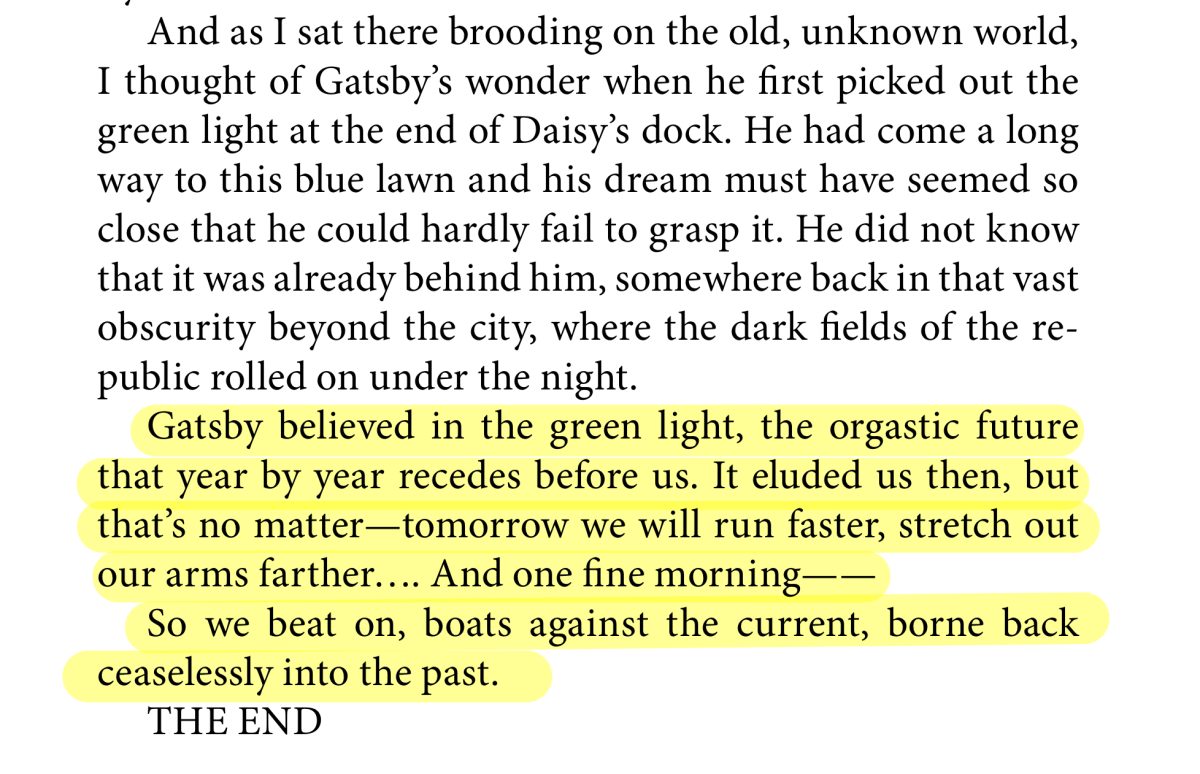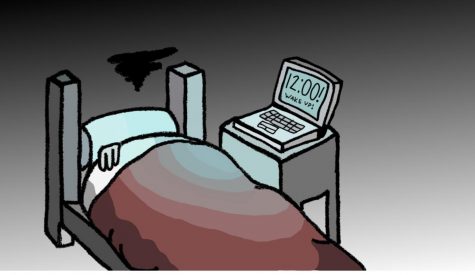CCHS conserves four million gallons of water during ongoing California drought
Fernando Roque ,a member of the CCHS maintenance staff, uses a power washer attached to a 50-gallon drum filled with repurposed water to remove gum and stains from the quad.
February 22, 2016
California has endured a serious megadrought for the past five years, and though some people believe the current El Niño will ease the golden state’s parched conditions, drought will continue to afflict much economic and social damage to California for years to come.
The drought has reached a phase in which farmers and homeowners alike are being financially impacted, and California Gov. Jerry Brown has forced people to conserve water by up to 25 percent through a mandate, the effects of which are currently underway at Cathedral Catholic High School.
“Our bills have pretty much consistently been the same,” Mr. Sal Aiello, director of facilities at CCHS, said. “In fact, our water bills have actually decreased somewhat by about 20 percent because of the turf installations of the For God and Country Plaza and the multi-purpose field.”
CCHS Prinicpal Mr. Kevin Calkins gave insight on how the City of San Diego helped in paying for the construction of the For God and Country Plaza.
“I know the City of San Diego gave us a suggestion on how much water we should be conserving, but we’ve actually gone above and beyond this suggestion in terms of watering our grass, plants and things in that nature,” Mr. Calkins said. “When we put the turf on the For God and Country Plaza and the field down below, I believe a large part of those projects were paid for by a rebate from the city of San Diego because we were removing the need to water those areas.”
CCHS has been conserving water continuously, and the maintenance staff has been using new methods to keep water usage at a low.
According to Mr. Aiello, CCHS has presently conserved about four million gallons of water thanks to these methods.
“Some of the ways we’ve cut back water usage has been by limiting our pressure washing,” Mr. Aiello said. “We only pressure wash occasionally as opposed to daily. We’ve also cut back on watering the embankments on campus so that not only are the plants getting water, but it puts them in a bit of a stress mode.
“That way, the baseball field and all other parts of the campus are kept looking green. We are also trying to get some potential water savings with urinal and toilet installments in the future.”
The maintenance staff also has replaced more than 300 broken sprinkler heads, a tedious job considering the CCHS campus covers 54 acres in total. As regulated within San Diego County, sprinklers are kept on timers. Depending on how much rainfall is recorded, irrigation will usually be prolonged by at least 24 hours, but CCHS often delays this period by a few days to save more water.
The maintenance staff even monitors the weather system so that even if there is a potential chance of rain, the water gets turned off automatically, Mr. Aiello said.
Even though the turf over the For God and Country Plaza is made of a cork and coconut husk material, it still needs to be water at least one minute every other day to keep it from drying up and blowing away. Watering the turf also keeps it cool for anyone standing on it.
Aside from Cathedral’s irrigation system, the process of conserving and repurposing water is largely based off the complex drainage system located on and off campus.
“The campus is unique because all of our drains lead down to the lower field,” Mr. Aiello said. “The water runs down into swales by the new turf field and percolates through the grass so all the impurities are left behind. Then the water drains into a little ecological preserve in the canyon behind us, so we’re not really wasting water per-say, but we’re actually preserving it for wetland purposes.”
In order to repurpose drain water for power washing, the maintenance crew sets up barriers around drains leading to out-of-campus areas and sucks up the water.
The retained water is then emptied into a 50-gallon drum to which a pump is connected for pressure washing the deck. A spicket is attached to the power washers instead whenever the recycled water isn’t being used, and the whole process of pressure washing the deck with hot water is necessary for gum removal, Mr. Aiello said.
While schools throughout the county are searching for new water conservation methods, Cathedral’s 10-year-old plumbing system and technology still function in accordance with Gov. Jerry Brown’s 2015 mandate, and this was verified this past year within the Stewardship and Sustainability Circle for the Diocese of San Diego.
There are still many steps CCHS can take in order to save more water.
“It’s important that we stay proactive in fixing little issues we come across in plumbing and irrigation,” Mr. Aiello said. “For instance, the little washers that time how much water is dispensed from sinks corrode over time, so we need to occasionally fix those or else water will dispense for a longer time.
“We’re also looking into purchasing new devices that will save water. One of these devices is a gum extractor that uses butane and comes with a little stainless steel scrubber that makes gum crumble. This device would eliminate the need to pressure wash as much, but we’d basically be using it for major stain areas only.”
By taking several steps to conserve water, CCHS has benefited from the drought financially, but the situation drastically changes outside of CCHS.
California is undoubtedly a huge state, and its population has stayed consistently at an incline well since before its sunbelt days. Due to its rapid population growth and its placement as an international leader of agricultural production, California simply does not hold enough water for both crops and people alike.
To make up for this, Southern California receives a massive influx of water from the Colorado River, and this has resulted in the serious drought the Colorado River Valley has been sustaining for the past 16 years.
According to coloradoriverbasin.org, the Colorado River supplies water to 33 million people across the western United States. San Diego County alone receives 80 percent of its fresh water from other locations, and because of this, all the reservoirs in the county are oddly filled. Within California as a whole, its agricultural economy has seen the biggest effects from the drought.
“The agricultural component of water use is the largest single water user of all water across the world,” AP environmental science and biology teacher Mrs. Terry Annicchiariacho said. “In California, some of the farmers have water rates that were established a hundred years ago that provide them with an unlimited amount of water.
“As of 2015, our government has not actually made any mandatory water cutbacks for agricultural groups. Instead, farmers have to keep an accounting of their water use, but none of them have to actually cut back.”
California’s water supply has been battled over since the 19th century, and there is still a large political battle over the water that comes to California from the Colorado River today.
Known as the California Water Wars, Los Angeles started transporting water from the Owens Valley and the Mammoth mountain range in the 1890s. This is when someone should have developed a long-term plan for water distribution, but California is instead facing the same water problems as it did a century ago.
The problems that arose during the Dust Bowl can be compared to California’s problems today.
“One of the causes of the Dust Bowl was poor farming practices that were not appropriate for the area,” economics and U.S. history teacher Mr. Daniel Collins said. “All the trees and the topsoil were pulled up, and the topsoil became like dust and blew in the wind. When farmers realized the mistakes they had made, they changed their methods and started irrigating more. They planted more trees as windbreakers and worked from the mistakes that caused the problem.
“As for California’s problem, we need to understand the limitations of the area we’re in and we need to grow crops that make more sense for the area.”
Farmers have grown less water-heavy crops such as avocados and nut crops, and according to CNBC, the agricultural economy has lost more than $1 billion in revenue because of this situation.
Besides having an agricultural impact, the drought also is affecting job openings.
“The drought has diminished employment opportunities and depleted resources,” economics and psychology teacher Mrs. Christi Harrington said. “There has also been an increase of prices in markets as well.”
Though the drought has weakened California’s agricultural economy, homeowners are also feeling the effects of the drought. According to ca.gov, California citizens were able to achieve a 27 percent potable water reduction in June 2015, exceeding Gov. Jerry Brown’s 25 percent mandate.
Since more water was conserved than required, water companies started raising rates since they were not making as much money.
According to the Los Angeles Times, Californians only achieved a 20.3 percent reduction in November and an 18.3 percent reduction in December 2015.
“A lot of people’s grass is drying out because it’s a high water use plant, so people have spent a large amount of water on landscaping for small yards,” Mrs. Annicchiariacho said. “Limited irrigation encourages people to put in low water use plants. Some people are even replacing their grass lawns with permeable landscape including gravel, decomposed granite and beach pebbles.
“This is better than impermeable landscapes like cement because water actually runs off impermeable landscapes as opposed to soaking into the ground.”
According to the San Diego Union Tribune, the biggest water users in San Diego County are households that lie within the San Diguito Water District and the Santa Fe Irrigation District. These are large homes with big estates that are located in Rancho Santa Fe and Fairbanks Ranch, and although the citizens living in these homes only comprise 10 percent of San Diego’s population, they are using 40 percent of the water.
Anyone who plants agricultural crops such as orange and lemon trees can receive a 40 percent tax deduction.
“These mandates that the state is issuing are directed toward individual households,” Mr. Collins said. “Homeowners initially have been rethinking landscaping decisions because people don’t have the money to keep up a lush, green lawn. If a homeowner is selling a house, the condition of his or her lawn may influence how much the house goes on the market for.”
California just began mandating last year, but other states have been mandating for years.
Florida, for example, has been mandating water usage for 30 years. So if California had begun mandating years earlier, would the drought be as serious as it is today?
“If Gov. Jerry Brown started releasing mandates four years ago, we would definitely still be where we are today because agriculture still uses way more water than we use, and Southern California is an arid region where we don’t get very much rain to begin with,” Mrs. Annicchiariacho said.
The mandate has a legitimate purpose, but there are certain factors that seem unfair that go against water conservation.
“I find it interesting that if you’re driving along the freeway, you will see the irrigation going off and who cares if the shrub brush on the side of the road is being watered?” Mrs. Harrington said. “Say there’s a car accident that involves a broken fire hydrant. That’s just wasted water that the tax payers of the city have to pay. It just seems like there are so many ways water sources could be allocated and it doesn’t happen.
“So it falls on the homeowners or citizens of the city to maintain regulations when everything could be done in such a more efficient way.”
Aside from all the inefficiencies that come from the mandate, it still forces everyone to save water.
“I think the mandate is good because we all need to do our part in taking care of what God has given us,” AVID, anatomy/physiology and earth science teacher Mrs. Lorin Helbling said. “We need to be good stewards of the environment and I’m happy to do my part. It makes me angry when I see others who are not doing their fare share.”
So where does the El Niño fit in with everything as of now?
Scientists and meteorologists promised a rainy January and February, but the El Niño is at a critical stage. According to mashable.com, the longest span of time without rain within the 1996 El Niño was three days. San Diego County saw a trace amount of rainfall last Wednesday, but it had not rained for roughly six weeks prior.
Northern California fares the same results. This was the El Niño that was supposed to cause major landslides and produce millions of dollars in damage to infrastructure and economy. This El Niño was supposed to be the strongest on record.
Meteorologists anticipated an abnormally rainy season, but California has only seen average rainfall up to this point. People can only wait and hope for the best.
El Niños have usually ceased with a bang in the past, but according to KQED Science, there’s an 80 percent chance the El Niño will turn into a La Niña, and much of California will experience another dry spell during the coming winter season.
Extreme Northern California and the Pacific Northwest have seen the most rainfall up to date, meaning the El Niño has skipped over California as a whole, leaving people scratching their heads.
“We don’t know when the drought will end,” Mr. Collins said. “We’re hopeful the El Niño will be the biggest one ever recorded and will dump trillions of gallons on us, but I think the mandate is a way to help us prepare for the future and start getting us used to some changes that might be permanent.”






























































